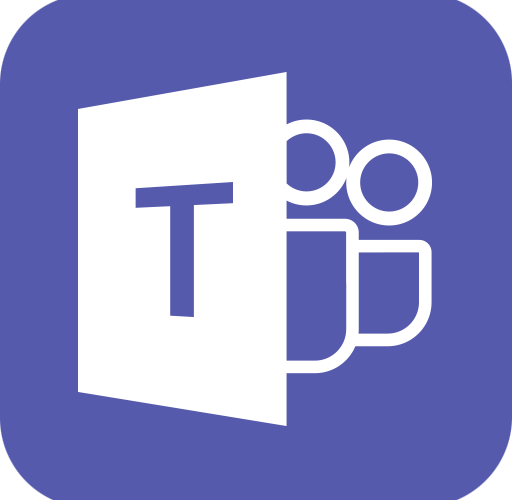Microsoft Teams is an great tool to help transform an organizations communication and collaboration experience. Before you deploy Microsoft Teams it is important to consider the following governance aspects.
- Who can create teams
- Naming convention of Teams and Channels
- Guest Access and External Access
- Approved Applications
- Meetings experience
- Data Security and Classifications
Make sure to take a look at the following two documents. Governance quick start for Microsoft Teams and the Plan for governance in Teams.
As you go through your planning stages you may decide that you want to control and automate the creation of Teams. This is helpful in scenario’s where you want to manage the experience to ensure it’s in line with the organizations business and compliance needs.

You have several options now to achieve management and automation in the creation of teams. One way is to leverage the ability to create teams with a Create Team API call. When you use this API, you can create a team with channels, apps, and tabs all in a single API call, making automated team lifecycles easier than ever.
We’ve also introduced seven new types of teams you can create through Microsoft Graph, including three types for education, two for retail, and two for healthcare. You also have the ability to install applications to teams with user delegated permissions in addition to installing apps using application permissions.
For those who may not be comfortable with REST based API’s you also have the opportunity of using Microsoft Teams PowerShell module. There are a set of cmdlets provided for operating on the core team and its settings (new-team, get-team, set-teamfunsettings, set-teammessagingsettings, set-teamguestsettings, set-teammembersettings), managing team users (add-teamuser, remove-teamuser), as well as cmdlets for managing the channels of the team (new-teamchannel, remove-teamchannel).
All of these cmdlets can be run as end users, but they’ll work only on the teams that you own or are a member of. If you are a Global Admin or Teams Service Administrator, you’ll be able to act on all teams in your organization.
Stay tuned, some folks on our team are working on Automation proof of concepts that will be posted up on GitHub in the near future!!
[UPDATED] – Bob German has pulled together this great 4 part series covering a proof of concept leveraging Azure Functions, Microsoft Flow, and the Graph API to demonstrate Teams provisioning. Check out the details at the blog links below. You can also check out the source code on github.
1. Solution Overview
2. Installing the solution
3. Building a Flow for the solution
4. Looking at the code









